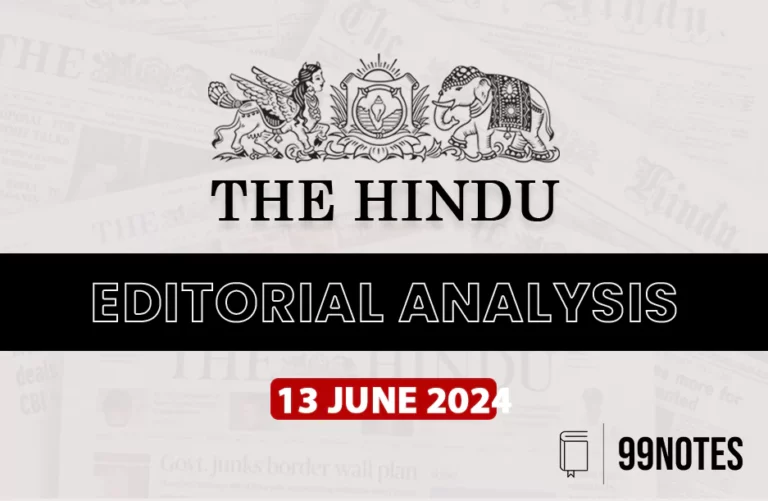03 April 2025: PIB Summary For UPSC
1. Fiscal Health Index 2025
(Source – https://pib.gov.in/PressReleasePage.aspx?PRID=2117890 )
| Topic: GS2 – Governance, GS2 – Indian Polity |
| Context |
|
Introduction
- Odisha ranks first, followed by Chhattisgarh, Goa, Jharkhand, and Gujarat.
- Since states handle two-thirds of public spending and one-third of total revenue, their financial health is crucial for the nation’s economic stability.
- The index, based on data from the Comptroller and Auditor General of India (CAG), covers the Financial Year 2022-23.
Objectives of the Fiscal Health Index
- To compare states’ fiscal health using standardized indicators.
- To identify strengths and weaknesses in financial management.
- To promote transparency, accountability, and better fiscal governance.
- To assist policymakers in making informed financial decisions.
Key Indicators Evaluated
1. Tax Buoyancy
- Measures how well tax revenue grows in relation to economic growth.
- Evaluates states’ revenue collection efficiency.
2. Debt-to-GSDP Ratio
- Compares a state’s total debt to its Gross State Domestic Product (GSDP).
- Indicates a state’s ability to repay debts.
3. Expenditure Management
- Assesses efficiency in spending allocation and fiscal discipline.
- Focuses on prioritization of capital expenditure.
4. Debt Management
- Examines states’ debt levels, interest payments, and sustainability.
5. Fiscal Deficit Management
- Evaluates fiscal deficit as a percentage of GSDP and compliance with statutory limits.
6. Overall Fiscal Sustainability
- Provides a holistic assessment of revenue, expenditure, debt, and deficit.
Key Findings
- Odisha ranks first (67.8), excelling in debt sustainability and fiscal management.
- Chhattisgarh (55.2) and Goa (53.6) follow, excelling in revenue generation and debt control.
- Non-tax revenue mobilization is highest in Odisha, Jharkhand, Goa, and Chhattisgarh, contributing 21% of total revenue.
- States facing fiscal challenges include Punjab, Andhra Pradesh, West Bengal, and Kerala, struggling with high deficits and poor debt sustainability.
- Capital expenditure allocation is highest (27%) in states like Madhya Pradesh, Odisha, Goa, Karnataka, and Uttar Pradesh.
- West Bengal, Andhra Pradesh, Punjab, and Rajasthan allocate only 10% of their expenditure to capital investments.
- Rising debt concerns exist for West Bengal and Punjab, with increasing debt-to-GSDP ratios.
Debt Sustainability
- Ensures states can repay debts without defaulting or requiring financial aid.
- Odisha, Chhattisgarh, and Goa perform best in debt management.
- Punjab, Andhra Pradesh, West Bengal, and Kerala face challenges in debt sustainability.
Conclusion
- The Fiscal Health Index 2025 helps states monitor financial stability and performance.
- It emphasizes the need for strong revenue generation, debt control, and efficient spending.
- The report has been shared with all States/UTs to guide them toward sustainable fiscal practices.
- States must focus on fiscal prudence and responsible financial management to ensure long-term economic stability.
| PYQ: What are the reasons for introduction of Fiscal responsibility and Budget Management (FRBM) act, 2003? Discuss critically its salient features and their effectiveness. (200 words/10m) (UPSC CSE (M) GS-3 2013) |
| Practice Question: Other than revenue generation, how does the Fiscal Health Index help in ensuring fiscal sustainability? (150 Words /10 marks) |
Read more 02 April 2025: PIB Summary For UPSC





